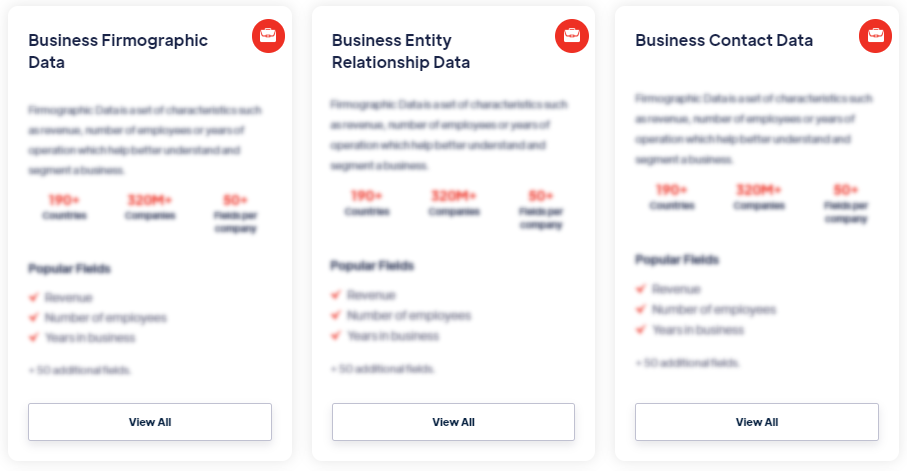Best
Marine Traffic Data
Products
Marine traffic data includes information about vessel positions, speed, heading, destination, and other relevant parameters. It is collected using various technologies, such as Automatic Identification System (AIS), radar systems, satellite-based tracking, and terrestrial-based sensors. Marine traffic data provides insights into vessel movements, traffic patterns, port activities, and maritime transportation trends. Read more
Our Data Integrations


Request Data Sample for
Marine Traffic Data

Browse the Data Marketplace

Frequently Asked Questions
1. What is Marine Traffic Data?
Marine
traffic data includes information about vessel positions, speed,
heading, destination, and other relevant parameters. It is
collected using various technologies, such as Automatic
Identification System (AIS), radar systems, satellite-based
tracking, and terrestrial-based sensors. Marine traffic data
provides insights into vessel movements, traffic patterns, port
activities, and maritime transportation trends.
2. Why is Marine Traffic Data important?
Marine traffic data plays a crucial role in ensuring
maritime safety, efficient navigation, and effective port
management. It helps monitor vessel movements, detect potential
collisions, and prevent accidents at sea. Marine traffic data
supports search and rescue operations, aids in monitoring
compliance with maritime regulations, and assists in managing
shipping routes and congestion. It also contributes to the
analysis of shipping trends, trade flows, and the overall
maritime industry.
3. How is Marine Traffic Data collected?
Marine traffic data is collected through various methods.
Automatic Identification System (AIS) is one of the primary
technologies used to track vessels and collect data on their
positions, speed, and other parameters. AIS transponders are
installed on most commercial vessels and transmit information
that can be received by shore-based receivers or satellites.
Radar systems provide additional vessel tracking capabilities,
especially in coastal areas. Satellite-based tracking systems,
such as satellite-AIS (S-AIS), offer global coverage and enable
monitoring of vessels in remote regions.
4. How is Marine Traffic Data processed and analyzed?
Marine traffic data undergoes processing and analysis to
extract meaningful information and insights. Data processing
techniques involve filtering, cleaning, and integrating the raw
data from different sources. Advanced algorithms and analytical
methods are applied to identify traffic patterns, predict vessel
behavior, and detect anomalies or potential risks. Visualization
tools and geographic information systems (GIS) are used to
represent the data on maps and support decision-making.
5. How is Marine Traffic Data used?
Marine
traffic data is used for various purposes and by different
stakeholders. Maritime authorities and port operators utilize it
for vessel traffic management, ensuring safe navigation, and
optimizing port operations. Shipping companies and logistics
providers leverage marine traffic data to monitor their fleets,
optimize routes, and estimate arrival times. Researchers and
analysts study marine traffic patterns to understand trade
flows, transportation trends, and environmental impacts.
Insurance companies use marine traffic data for risk assessment
and underwriting processes.
6. What are the challenges in managing Marine Traffic
Data?
Managing marine traffic data poses several challenges.
The sheer volume of data generated by thousands of vessels
globally requires robust data storage and processing
capabilities. Ensuring data accuracy and reliability is crucial
for making informed decisions. Coordinating data sharing and
data exchange among different maritime stakeholders and across
national borders can be complex. Privacy and security concerns
related to vessel tracking data need to be addressed to protect
sensitive information.
7. What are the future trends in Marine Traffic Data
analysis?
The future of marine traffic data analysis lies in the
integration of real-time data, advanced analytics, and emerging
technologies. Predictive analytics and machine learning
techniques can enhance vessel behavior prediction and anomaly
detection. The incorporation of additional data sources, such as
weather conditions, marine environmental data, and satellite
imagery, can provide a more comprehensive understanding of
maritime operations. Improvements in data accessibility, data
sharing platforms, and standardization will facilitate
collaborative research and analysis, leading to better insights
and decision-making in the maritime domain.
â€
